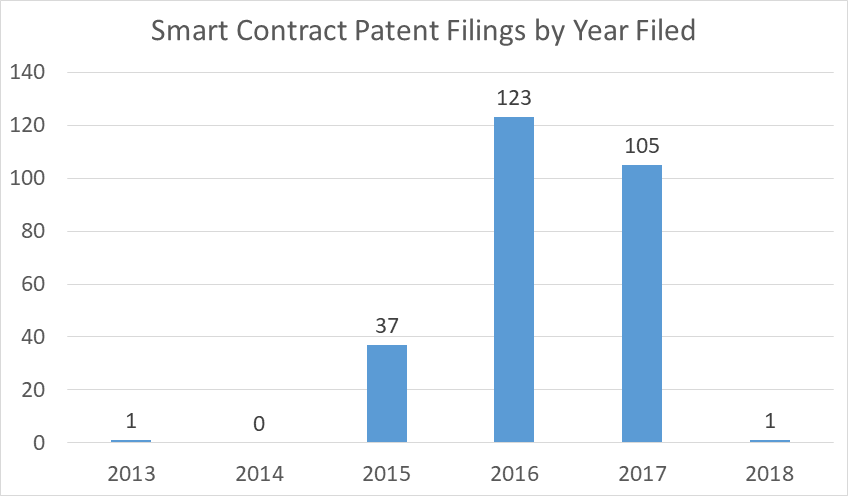A mini-syllabus to understand the hype
When reading about the Blockchain space it can be very hard to separate the wheat from the chaff, especially for people just starting to learn about the technology. This problem is compounded by the prevalence of so much hype literature, and fluff, that does not do a good job of explaining why someone should actually care about this technology.
So, in an effort to address that problem I have put together a mini-syllabus of articles about blockchain, cryptocurrency, and smart contracts that are able to explain what is going on at a high level, and give concrete reasons why this technology may be so transformative.
Before I list the articles, and give a brief synopsis for each, I want to acknowledge that this effort is by definition incomplete, and somewhat subjective. There are many articles that could have been chosen, but these five articles have held up well, and will likely continue to hold up well in the future. Also, the articles were chosen for their broad treatment of the technology and it’s potential societal impact.
The Articles
- Why Bitcoin Matters — Marc Andreessen
- The Dawn of Trustworthy Computing — Nick Szabo
- Bitcoin and Blockchain: Two Revolutions for the Price of One? — Richard Brown
- Programmable Blockchains in Context — Vinay Gupta
- Money, Blockchains, and Social Scalability — Nick Szabo
If you read these five articles you should have a decent sense of what a blockchain is, what cryptocurrency is, and why those things may have a very large impact on how trust is managed in our world. I highly recommend you read the articles in the listed order, so you can build on the themes laid out in each article.
Marc Andreessen, the cofounder of Netscape and of az16, lays out the case for why Bitcoin is an important invention, but also dives into the business case for Bitcoin and other cryptocurrencies. This editorial is a good entry point to understanding the “so what” of cryptocurrency.
Nick Szabo’s entire blog, “Unenumerated”, is worth checking out given the breadth of topics covered, but also the depth Szabo goes into for each topic. This post gives you a full picture of how much we trust computers to behave in certain ways, and why a new way of managing trust enabled by blockchain may change many facets of society.
If you’re feeling ambitious, make sure to check out his “Wet code and dry” post that he links to at the bottom of the post.
Richard Brown is the head of technology at R3 where he is working on rebuilding finance with distributed ledger technology. In this post, Brown masterfully explains why large organizations are intrigued by blockchain, but not necessarily Bitcoin. The rest of Brown’s blog covering concepts in finance and where things are heading is worth your time.
Vinay Gupta helped coordinate the release of Ethereum in 2015. In this post, he lays the foundation for why something like Ethereum is compelling by giving a history of the technology that came before blockchain. This post is a great primer on how humans have managed data in the digital age.
Bonus post: check out Gupta’s “A Brief History of Blockchain” at the Harvard Business Review.
Lastly, we have another Szabo blog post. I told you his blog was worthwhile. In this post, Szabo tackles issues of scalability related to blockchain, in particular, the issue of social scalability, which he defines as:
“the ability of an institution –- a relationship or shared endeavor, in which multiple people repeatedly participate, and featuring customs, rules, or other features which constrain or motivate participants’ behaviors — to overcome shortcomings in human minds and in the motivating or constraining aspects of said institution that limit who or how many can successfully participate.”
This is the longest post, but arguably the most important of the five.
Conclusion
If you read these five blog posts you will not know everything there is to know about blockchain, cryptocurrency, and smart contracts. You will, however, have a very good handle on the basics, and should be able to understand the promise of this new technology class.

